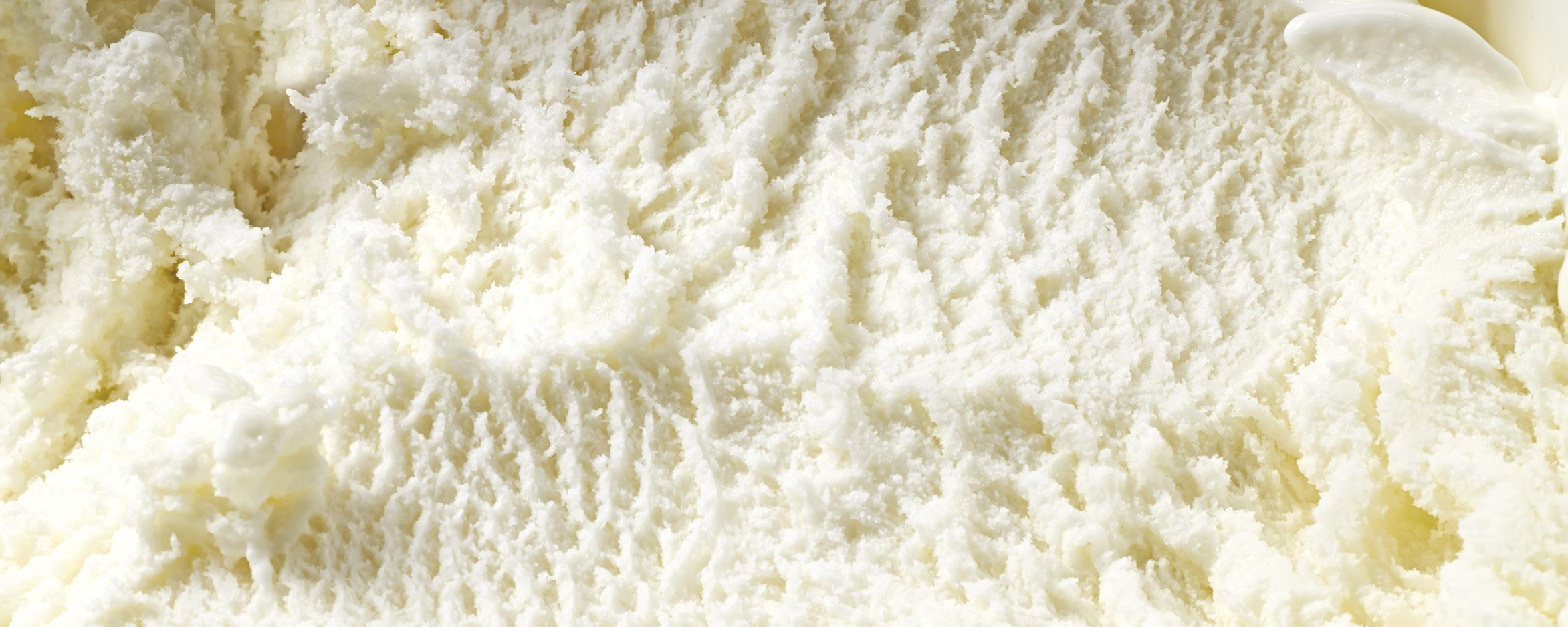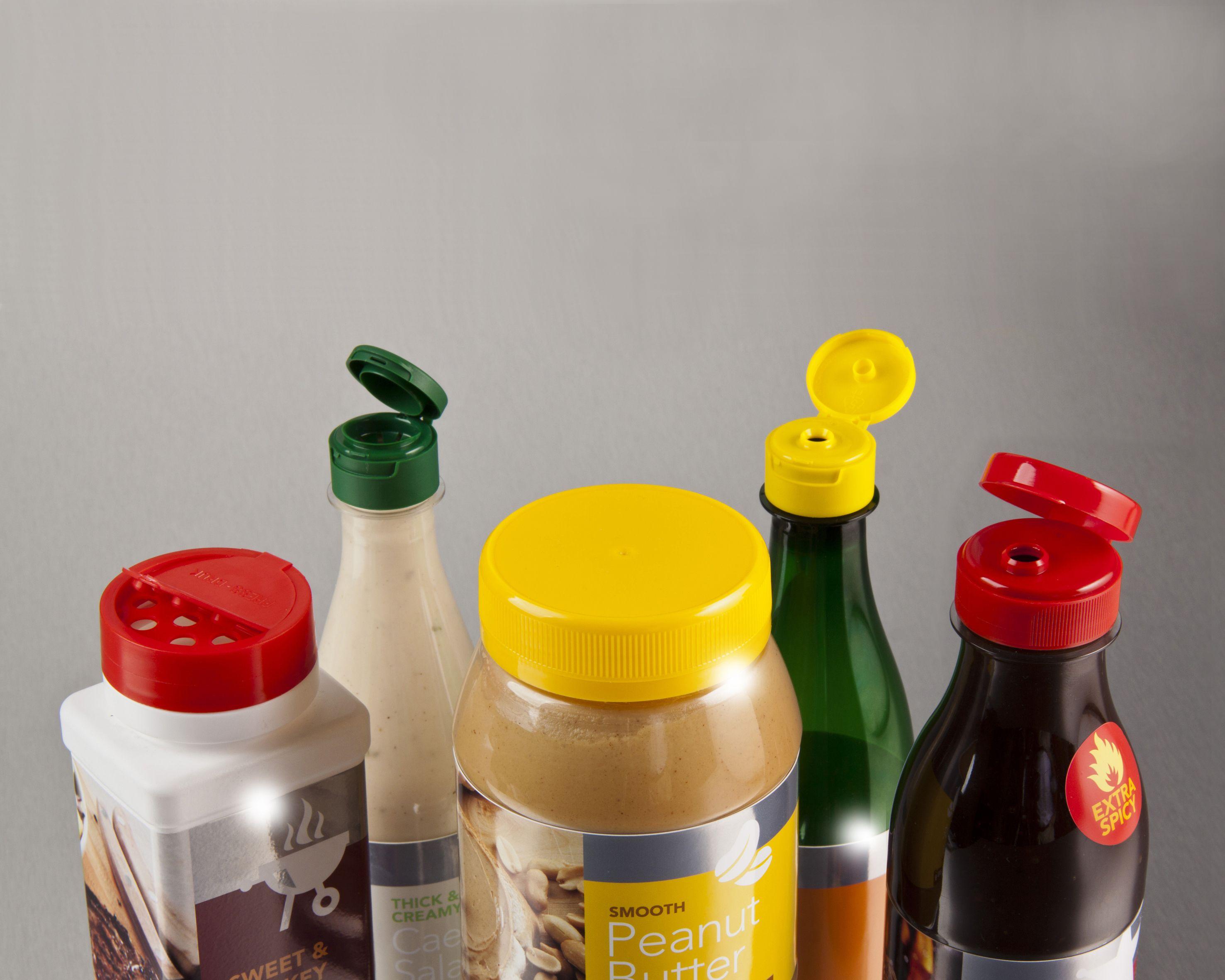DAIRY FOOD
Texture control,
stabilisation and xanthan gum The estimated size of the global ice cream market is around 15 billion litres. Consumption patterns vary significantly between countries and regions.
I
CE CREAM IS made up of a complex matrix of frozen foam, emulsified fat globules and suspended ice and lactose crystals. The matrix is highly susceptible to temperature variations. Reducing this sensitivity will help to maintain the quality of the ice cream during storage and improve shelf life. A significant improvement can be achieved by using hydrocolloids to bind water and thereby control the growth of ice crystals. Additionally, hydrocolloids can be used to modify the melting process and mouthfeel. According to market analysis of hydrocolloids used in ice cream, 13 per cent of approximately 14 000 total new ice creams launched (2012 to 2014) contain xanthan gum, while 75 per cent of the newly launched ice creams were milk-based. Xanthan gum is often used in combination with guar gum, locust bean gum and carrageenan, but pectin carboxymethylcellulose and tara gum are also used as stabilising agents.
The hydrocolloids derive from different origins: XG is obtained by bio-fermentation of glucose with Xanthomonas campestris; guar gum is an extract of endosperm from guar beans and LBG or carob is an extract from the seeds of the carob tree. Carrageenan derives from red algae, seaweed or Irish moss. Many hydrocolloids are approved for use in food, registered with the following E-numbers: XG (E415), GG (E412), LBG (E410), CMC (E466), TG (417), pectin (E440) and carrageenan (E407) – often without a defined upper limit, but to quantum satis. FUNCTIONALITY OF HYDROCOLLOIDS AND THEIR SYNERGISTIC EFFECTS When properly hydrated, hydrocolloids increase the viscosity of aqueous solutions. As with water-binding capabilities, the viscosities vary strongly between different hydrocolloids. The hydrocolloid solutions also show varying degrees of non-Newtonian behaviour and they are more
of less shear thinning. In comparison to the galactomannans GG, LBG and TG, XG provides by far the highest viscosity at lower shear rates and the most extreme shear thinning. XG is thus the superior stabiliser, whereas galactomannans provide more thickness and high shear rates. Combinations of xanthan and one or more the galactomannans are known to display synergistic behaviour. This means that the viscosity of the combination is higher than the sum of the viscosities of the individual components. Theory explains that this is due to a special cross-linking of molecules. Xanthan gum has a glucose backbone and every second glucose-unit is substituted with a side chain of mannosepyranosyl – glucuronic acid – acetyl mannose. GG has a mannose backbone with galactose roughly every second monomer. LGB has the same backbone with a galactose on every fourth monomer. The cross-linking effects vary depending
2020 Quarter 1 | Food Manufacturing Africa
13






